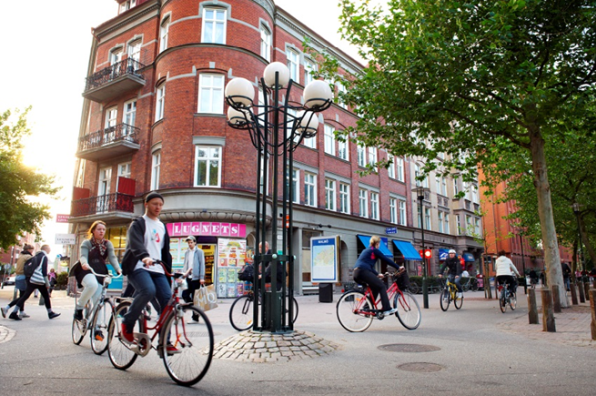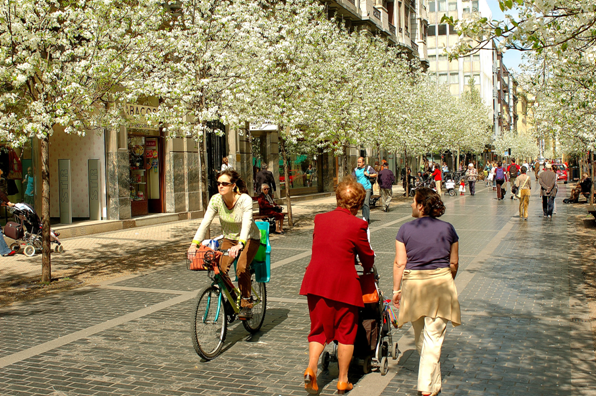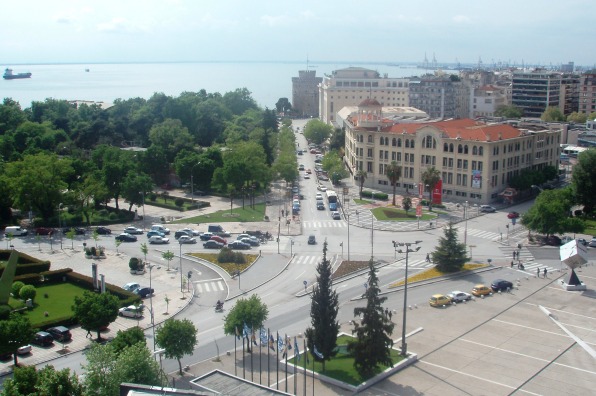The seven partner cities involved in the project have a crucial role to play. Without their contributions, SUMPs remain an abstract concept limited to policy documents.
Together the seven cities form a potent knowledge network. By sharing what they have learned from both their setbacks and successes, they equip others with the expertise to develop their own SUMPs. Their input will help accelerate the take-up of SUMPs across the EU, and encourage more cities to participate in the programme.
Each city acts as a lead on a thematic area, advising other mobility authorities on this topic. The wide geographical coverage of the City Partners reflects different national framework contexts and practices for urban mobility planning.

Birmingham is the UK's second largest city and a regional and industrial centre with a population of 1.3 million people. Over half of its residents travel by car, with only 1 per cent using bikes.
It has already adopted a SUMP called Birmingham Connected, which has led to further development in the surrounding West Midlands Metropolitan area.
Planned SUMP innovation:
Budapest is both Hungary's capital and its economic, cultural, and academic centre. Over 40 per cent of residents walk, with over 30 per cent taking public transport.
Budapest's first SUMP - the "Balázs Mór-Plan” - has been integrated into the Budapest 2030 urban development plan.
Planned SUMP innovations:


The capital of Sweden's Scania region, it is a rapidly growing city with a young population. 40 per cent of people travel by car, whilst around 20 per cent cycle or take public transport.
Malmo's first holistic SUMP was adopted in the autumn of 2015.
Planned SUMP innovations:
San Sebastian is the capital of the Gipuzkoa region (Basque Country). Close to 50 per cent of the population walk.
The city's SUMP was published in 2008, and its full implementation is expected by 2024. Revisions were made in 2016.
Planned SUMP innovations:


As the nation's capital, Sofia serves as Bulgaria's administrative, cultural and industrial centre. Half of its inhabitants take public transport, whilst 38 per cent use cars.
The city's has already adopted an integrated transport plan, whilst its first SUMP is in development.
Planned SUMP innovations include:
Thessaloniki is Greece's second largest city, with a population of 900,000 people. Close to 70 per cent of the population use private modes of transport, whilst 28 per cent use public transport.
A SUMP has been developed for Thessaloniki and its surrounding metropolitan area.
Planned SUMP innovations:


Turin is the capital of the Piedmont region and has a population of approximately 900,000 people. Over 40 per cent of inhabitants travel by car, with 29 per cent walking and 23 percent taking public transport.
Its SUMP was adopted in 2008 and is currently under revision.
Planned SUMP innovations in cooperation with Torino Wireless: